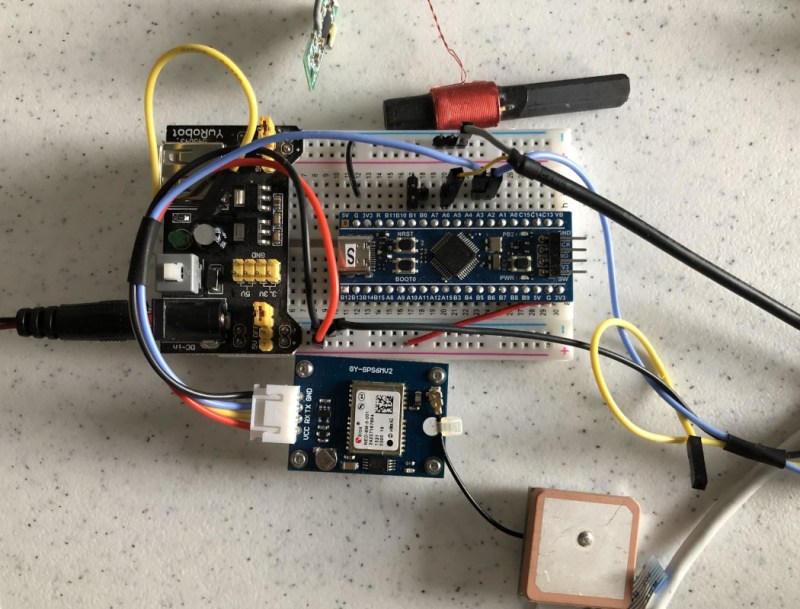The US National Institute of Standards and Technology (NIST) broadcasts atomic clock time signals from Fort Collins, Colorado on various frequencies. The WWVB signal on 60 kHz blasts out 70,000 watts that theoretically should reach the entire continental US. Unfortunately for [Anish Athalye], the signals do not reach his Massachusetts dorm, so he built this GPS to WWVB converter to keep his Casio G-Shock self-setting watch on track.
Not a repeater but a micro-WWVB transmitter, [Anish]’s build consists of a GPS receiver module and an ultra low-power 60kHz transmitter based on an ATtiny44a microcontroller’s hardware PWM driving a ferrite rod …read more
 Continue reading Micro Radio Time Station Keeps Watch in Sync→
Continue reading Micro Radio Time Station Keeps Watch in Sync→
